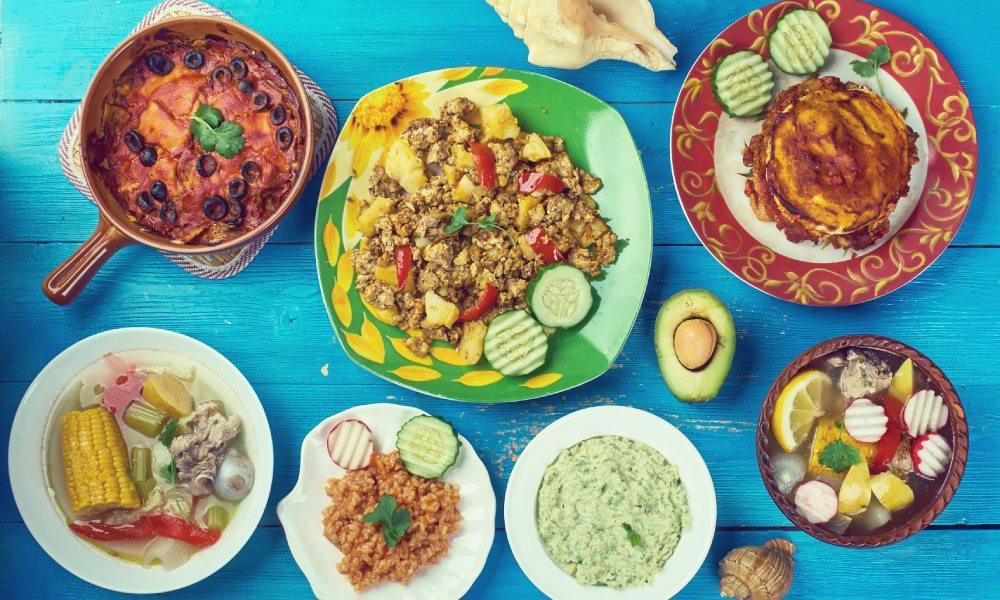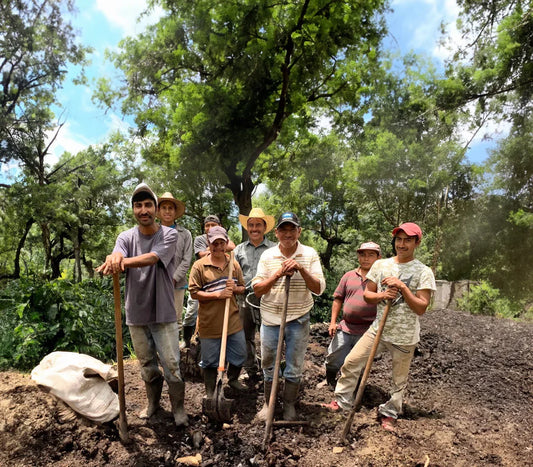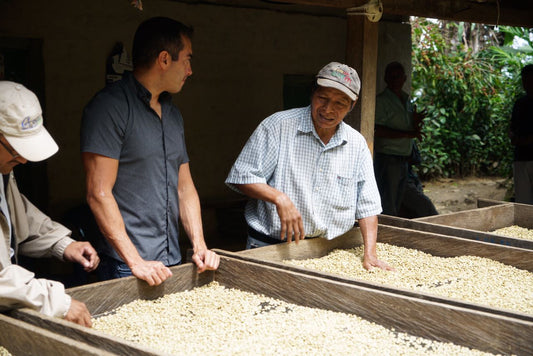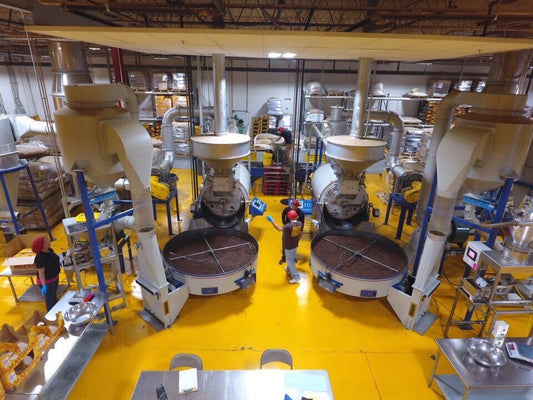
How Mexican Cuisine Rose to Stardom
It all started with a taco.
Jump to:
The Origins of Mexican Cuisine in the US
The introduction of Mexican cuisine to the US came about in waves: first, in the 1800s when American soldiers stationed in Texas discovered the spicy flavors.
Then in the 1900s when the Mexican Revolution drove immigrants across the border.
Since then, job opportunities and other social factors have driven a steady stream of immigrants and flavors from Mexico – and other Hispanic countries – to the US.
As Gustavo Arellano, a Mexican journalist based in California, writes: “Once refugees started coming up, they wanted to eat the food of their homeland. They start eating tacos at home, and tacos started getting sold in Mexican restaurants. That's what started happening in southern California around the 1920s, where the first famous tacos were taquitos – rolled tacos.”
One such immigrant was Concepción “Concha” Sanchez, who established one of the very first tortillerias in Texas in the 1920s.
From here the taste for Mexican cuisine grew and spread. It became popular quickly thanks to the dishes’ bold flavors (a stark contrast to the somewhat bland local cuisine) and was soon assimilated into the wider American palette.
Today, all manner of Mexican dishes are enjoyed in the US, from tortillas and tacos to enchiladas and empanadas and much more.
In fact, Mexican flavors and ingredients form an important part of cuisine in the US, with more than 233 million Americans using Mexican ingredients in their cooking, making Mexican food the most popular ethnic food type in the country.
Mexican cuisine also represents a sizable chunk of the restaurant landscape in the US.

From Bold Flavors to Total Stardom
Mexican food has grown in culinary stature over the years as chefs across the country chopped, grilled and fried their way to recognition; along the way elevating the cuisine and refining the bold, spicy flavors it is known and loved for.
Of course, they also had to work hard to dispel the stereotypical taco-truck image associated with Mexican food by mainstream America. And it wasn’t until 2014 that Casa Enrique became the first Mexican restaurant to be acknowledged with the highest culinary award: a Michelin star.
A rating system used to assess the quality of restaurants, the Michelin star was created in 1889 by the eponymous tyre company to encourage travel – and what better reason to hit the road than to try a new restaurant?
The system is straightforward: Michelin inspectors provide their expert opinion and assign a rating between zero and three stars based on their visit to a restaurant.
Considered the ultimate mark of quality in the restaurant industry, the stars are awarded based on the quality of ingredients and cooking expertise among other criteria.
The ultimate goal for most chefs, Michelin status is not easy to achieve, no matter the type of cuisine, with only around one in ten restaurants earning a star.
As chef and owner of Californios, the only Mexican restaurant to have been awarded two Michelin stars, Val Cantu notes: “Everyone was doing ‘fine dining’ or ‘high-end dining’ but I was shocked that, especially in the US, no one was putting Mexican cuisine on that stage.
“Of course, in Mexico, chefs were already doing it.”
Today, there are seven Michelin-starred Mexican restaurants in the US: Los Félix in Miami; Taco María in Costa Mesa; Topolobampo in Chicago, Claro, Oxomoco and Casa Enrique in New York, all of them with one star, and perhaps the most prestigious of all, Californios, in San Francisco with its two Michelin stars.
For Val, the second star came down to steadiness.
“Moving from one to two stars was about consistency,” he says. “It was about every guest having the exact same quality of presentation, the exact same quality of dish, in every dish going out as perfect as we can make it.”

The Future: “Preserve, Continue, and Elevate”
A recipe for economic success as well as a source of cultural pride, Mexican restaurants play a crucial role in the lives of Mexican communities in the US.
First, because these community-driven establishments provide job opportunities.
Second, because it functions as an excellent way to experience Mexican cuisine as an extension of the wider culture and to preserve Mexican traditions and heritage.
As Val notes: “Our goal is to preserve, continue and elevate the cuisine. It is important that our chefs understand the tradition of Mexican cuisine first. As such, the food at Californios isn’t overly innovative.
Instead, Val and his team focus on retaining the characteristics of authentic Mexican dishes and offering them in a fresh way, rather than reinventing them.
“We get a lot of Mexican people, we get a lot of Latin people, and they are all very excited to see how we put our food at the same level as French cuisine or Japanese cuisine”, Val says.
“That was the goal from the very beginning. Mexican cuisine has so much to offer, so much depth, so many dishes and flavors, and so much history, as well.”


